|
Some of you might remember when home and personal computers were emerging in the 1980s. Many different companies made their own devices, like Commodore 64, Apple II, Spectravideo 328, Sinclair ZX80 and Atari. Then some manufacturers agreed on standards like MSX that never actually became globally significant. But then personal computers (PCs), with PC-DOS and MS-DOS, started to occupy offices and then homes, and Apple created the only other option. We now have a similar situation with wearable devices.
In the 1980s, most computer manufacturers had their own operating systems and a small range of programs. Early adopters had those devices more as a hobby than to really utilize them. There were all those stories about use cases like recipe databases or calculating your taxes, but only if you code your own program. Many users actually did write their own programs and shared them with other users. As a teenager, I tried to explain to my father the value of owning a computer. It was not an easy task when he didn’t feel that coding your own games or graphics programs were valuable reasons to have the device. How is this relevant for wearables? We have now more and more wearable device manufacturers that offer their devices with their own proprietary functionality, data models and applications. Many users are still early adopters like biohackers and health enthusiasts that explore ways to utilize the data. Most users can understand a couple of data points like average heart rate and the number of daily steps. Those are a good start to observe and improve personal health, but it is a small part of the data and the opportunities these devices can offer. Some additional data points like Heart Rate Variability (HRV) and different sleep types (deep, REM and light) are much harder to interpret and utilize daily. One could ask, as my father did if it makes sense to pay $400 for a device to see heart rate and daily steps. Or why pay over $100 monthly subscription for a glucose measurement device or more expensive shoes to measure cadence, stride length and foot strike angle. For many people, use cases like a device letting you know when to go to sleep sound as naive as a recipe database. Each manufacturer also has its own scores. For example, sleep and readiness scores from one device are very different to another device, and there is no easy way to combine data from different devices properly. Or you can combine some data, for example, to Apple Health, but it then contains a lot of data points that are even more confusing than data in the device’s own apps. What changed the computer market? How did they start to become more useful? It happened when software packages started to appear. A couple of operating systems, from Microsoft and Apple, started to dominate, and both systems had enough software being generated by third parties. This evolved into the software industry, making software for personal computers. Actually, we saw a similar development in mobile phones. The mobile application business started to grow only when we got from proprietary systems to two main operating systems, iOS and Android, that enabled application stores to make a business out of applications. As we have discovered, wearables are not only for data; they can also be accessories and fashion items. A luxury brand could launch its own smartwatch or ring, but luxury brands are not really high tech or data companies. And it is not very convenient for users that each watch, ring, sensor, pair of shoes or jacket offers its proprietary data format and application. It would also be much better for luxury goods companies to have some common data models and ecosystems. The real utilization and software market for wearable and wellness data can emerge only when we get data from different devices to a compatible format. When we have two or three environments, software developers can make better software and applications to utilize data to help people in their daily lives. We cannot expect each individual to start to interpret all kinds of health data points and try to Google instructions and what to do based on them. A special requirement with wellness and health data is that it is even more sensitive than data for many other purposes, and privacy is crucial. It has been said that the IoT market won’t really be a hardware business but a data and software business. Wearables will basically be sensors to collect data. Some sensors could be branded devices, others white label components in clothes, shoes or accessories. But the real utilization of data needs environments where the user can combine the data, and software can be offered to users to help them live better and healthier lives. The real business and value of wellness data will be software and applications that can combine all kinds of wearable data with other data sources. |
AboutEst. 2009 Grow VC Group is building truly global digital businesses. The focus is especially on digitization, data and fintech services. We have very hands-on approach to build businesses and we always want to make them global, scale-up and have the real entrepreneurial spirit. Download
Research Report 1/2018: Distributed Technologies - Changing Finance and the Internet Research Report 1/2017: Machines, Asia And Fintech: Rise of Globalization and Protectionism as a Consequence Fintech Hybrid Finance Whitepaper Fintech And Digital Finance Insight & Vision Whitepaper Learn More About Our Companies: Archives
January 2023
Categories |
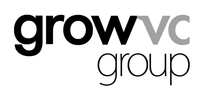
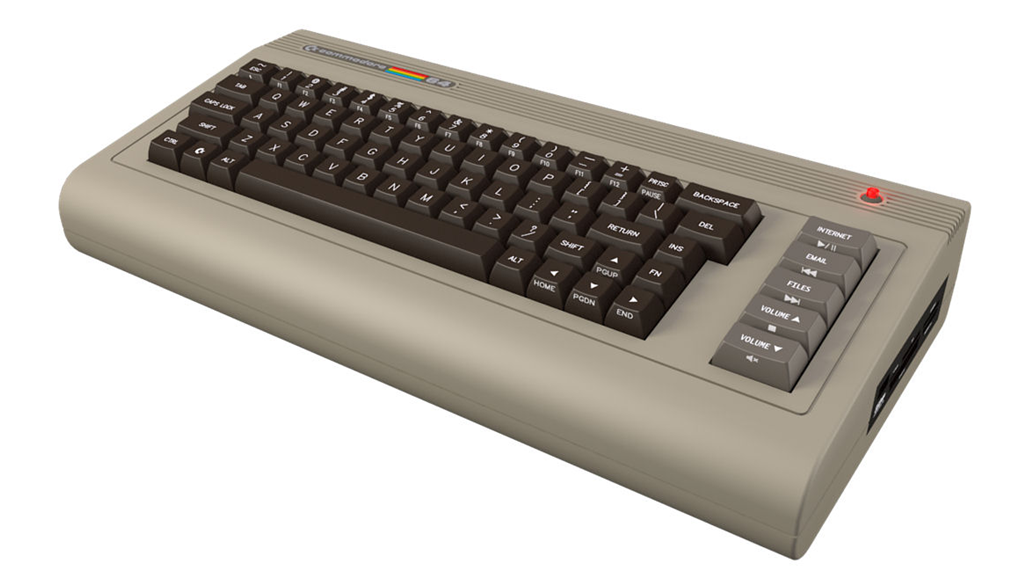
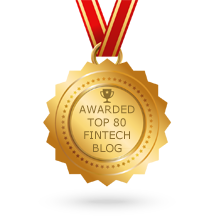
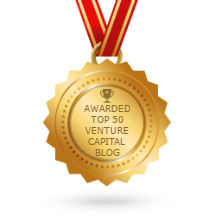
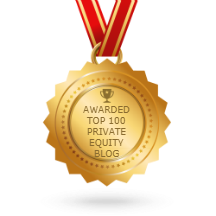
 RSS Feed
RSS Feed
